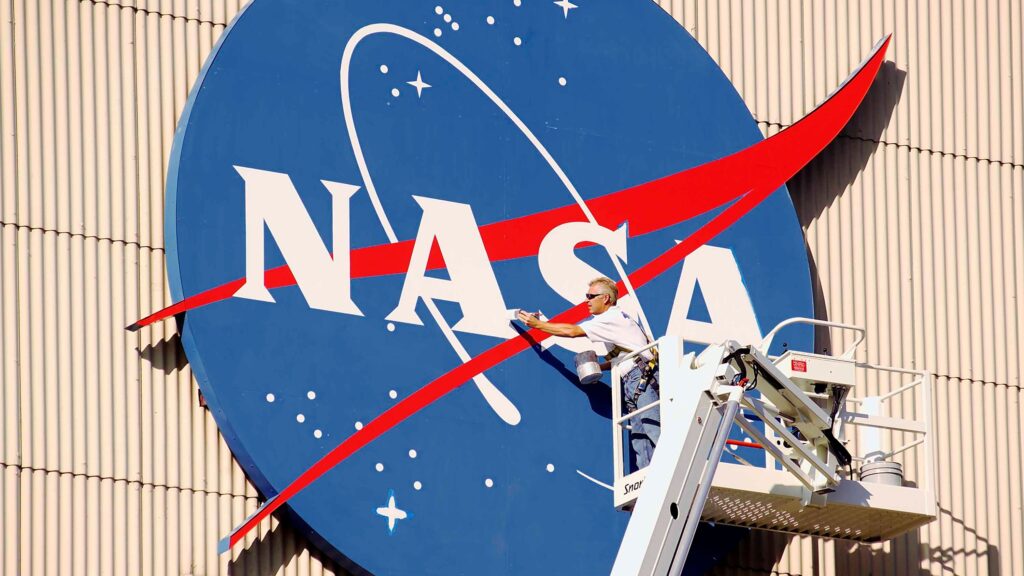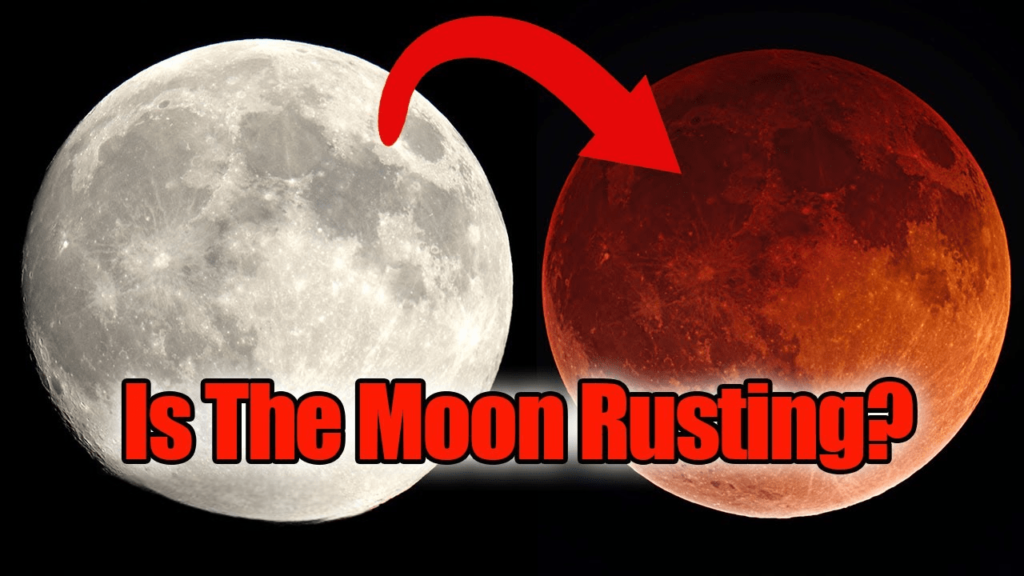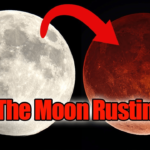NASA’s Incredible Journey: Key Achievements You Must Know
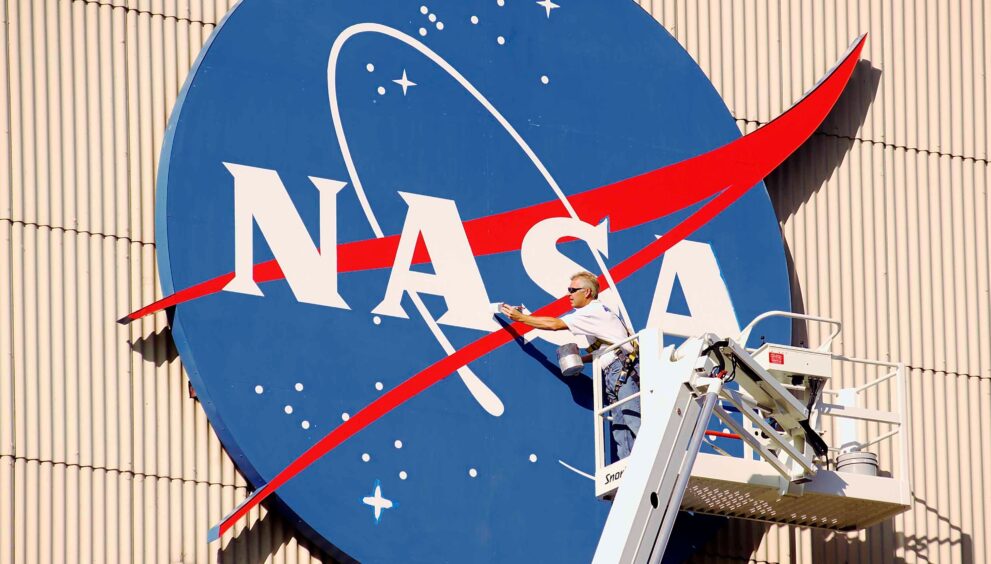
Introduction: Understanding NASA’s Mission and Impact
NASA, the National Aeronautics and Space Administration, stands at the forefront of space exploration and scientific discovery. Established in 1958, NASA has consistently pushed the boundaries of human knowledge and capability in the realm of space and aeronautics. The agency’s mission encompasses the exploration of outer space, Earth sciences, and advancements in aviation technology. NASA engages in numerous projects and research initiatives that continue to impact our understanding of the universe and the preservation of our planet. This article delves into seven key achievements of NASA that highlight its vital contributions to science, technology, and humanity.
The Apollo Program: Humanity’s First Steps on the Moon
NASA’s Apollo program represents one of its most iconic achievements, culminating in the historic Apollo 11 mission. On July 20, 1969, astronauts Neil Armstrong and Buzz Aldrin became the first humans to set foot on the lunar surface. This monumental event not only demonstrated America’s space superiority but also ignited global interest in space exploration. The success of Apollo 11 laid the groundwork for subsequent lunar missions, each providing invaluable scientific data and paving the way for future exploration. The Apollo program exemplifies NASA’s commitment to pushing the boundaries of what is possible in human spaceflight.
The Hubble Space Telescope: Unveiling the Cosmos
Launched in 1990, the Hubble Space Telescope revolutionized our understanding of the universe. Positioned above Earth’s atmosphere, Hubble captures stunning images of distant galaxies, nebulae, and celestial phenomena. Its observations have provided critical insights into the universe’s age, the existence of exoplanets, and the nature of dark energy. The telescope’s ability to observe the cosmos in various wavelengths has made it an essential tool for astronomers and astrophysicists alike. Hubble’s contributions have transformed our comprehension of space and inspired countless individuals to explore the mysteries beyond our planet.
Mars Rover Missions: Exploring the Red Planet
NASA’s ongoing exploration of Mars through its rover missions has significantly advanced our understanding of the Red Planet. The rovers, including Spirit, Opportunity, Curiosity, and Perseverance, have explored Martian terrain, analyzing soil samples, and searching for signs of past microbial life. Each mission has provided vital data about the planet’s geology, atmosphere, and potential for sustaining life. The most recent mission, Perseverance, aims to collect samples for future return to Earth, paving the way for human exploration of Mars. These missions illustrate NASA’s innovative spirit and commitment to unraveling the mysteries of our neighboring planet.
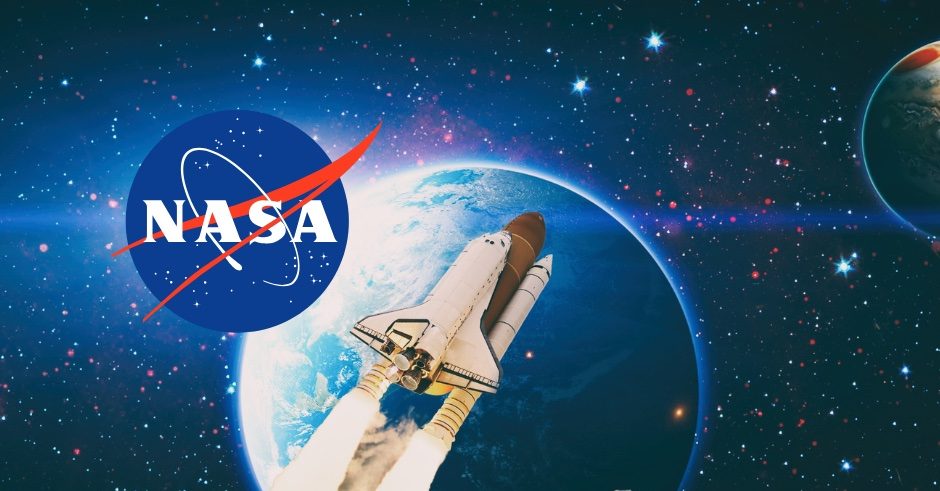
The International Space Station: A Hub for Collaboration
The International Space Station (ISS) stands as a testament to international cooperation in space exploration. NASA collaborates with space agencies from around the world, including Roscosmos, ESA, and JAXA, to operate the ISS. This remarkable laboratory orbits Earth and serves as a platform for scientific research, technology demonstrations, and educational outreach. Astronauts aboard the ISS conduct experiments in microgravity, advancing knowledge in fields such as biology, physics, and materials science. The ISS exemplifies NASA’s role in fostering global collaboration and advancing scientific inquiry.
Earth Science Research: Understanding Our Planet
NASA’s commitment to Earth science research has profound implications for understanding climate change, natural disasters, and environmental sustainability. Through satellite missions such as Landsat, MODIS, and GPM, NASA collects critical data about Earth’s climate, weather patterns, and ecosystems. This information aids in disaster response, resource management, and policymaking. By studying our planet from space, NASA empowers scientists and decision-makers to address pressing environmental challenges and promote a sustainable future for generations to come.
Advancements in Aeronautics: Leading the Way
In addition to space exploration, NASA plays a pivotal role in advancing aviation technology. Through its Aeronautics Research Mission Directorate, NASA develops innovative technologies that enhance the safety, efficiency, and environmental sustainability of air travel. Initiatives like the X-Planes and the Sustainable Aviation Initiative focus on reducing noise and emissions while improving aircraft performance. NASA’s research in aeronautics fosters collaboration with industry partners and supports the development of next-generation aircraft that benefit the global aviation community.
The Future of Space Exploration: Artemis Program
NASA’s Artemis program aims to return humans to the Moon by 2024 and establish a sustainable presence for future exploration. This initiative seeks to land the first woman and the next man on the lunar surface, building on the legacy of Apollo. Artemis will pave the way for human exploration of Mars and beyond. Through innovative technology and international collaboration, NASA envisions a future where humans live and work on the Moon, serving as a stepping stone for deeper space exploration. The program emphasizes the importance of sustained human presence in space and aims to inspire the next generation of explorers.
Conclusion: NASA’s Enduring Legacy
NASA’s contributions to science, technology, and humanity are immeasurable. From landing on the Moon to exploring Mars and advancing aviation technology, NASA continues to inspire and educate people worldwide. Its commitment to innovation, collaboration, and discovery shapes the future of space exploration and enhances our understanding of the universe. As NASA ventures into new frontiers, it remains a beacon of hope, inspiring generations to dream beyond our planet. Through its achievements and ongoing initiatives, NASA exemplifies the spirit of exploration and the pursuit of knowledge, making it an essential part of our global narrative.





